Short North shootings show progress still comes with challenges | Opinion
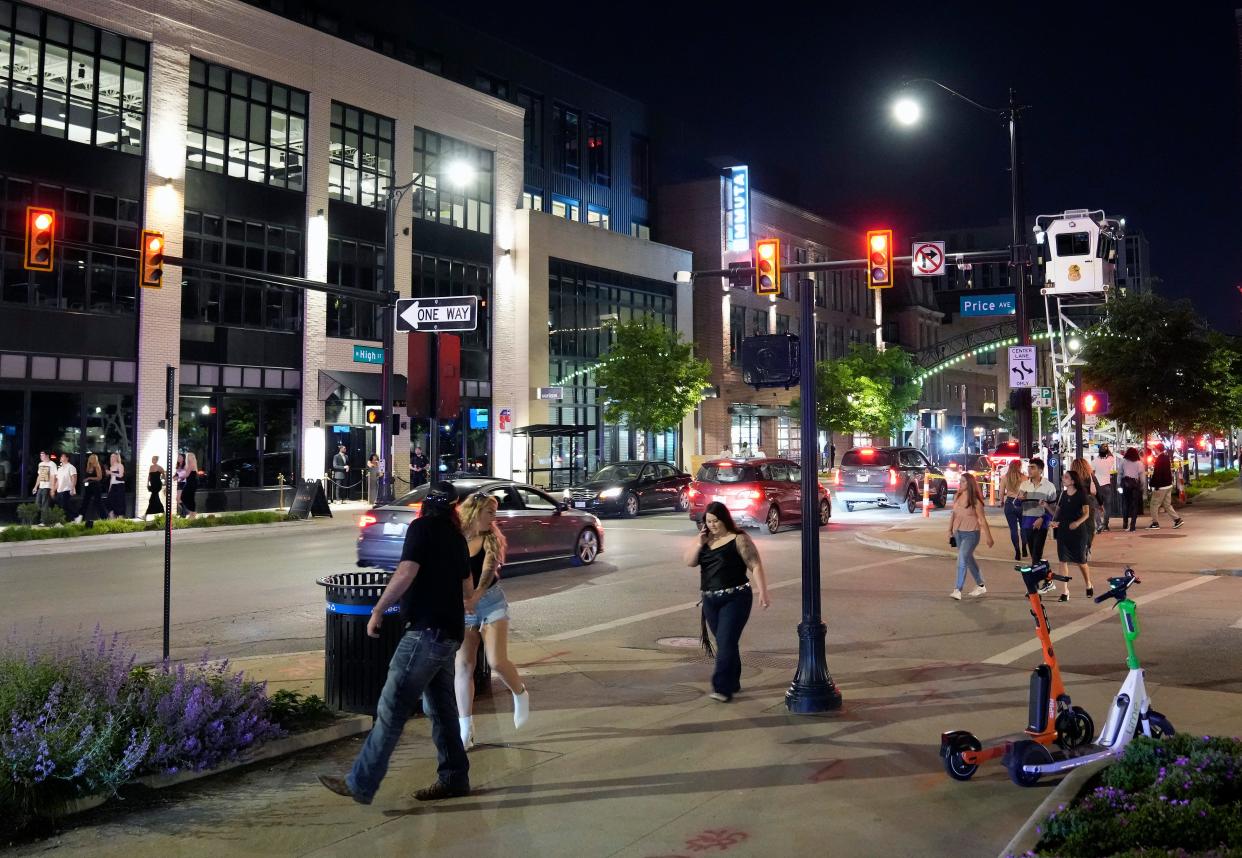
Marcia Carle is a writer and a folk musician who lives in Westerville. Twice a graduate of The Ohio State University, she had a career that began with teaching, then included fund development, marketing and public relations for a variety of nonprofit causes.
In the wake of the recent gunfire in the Short North, I’ve been thinking about my experience in that area during my first stint in Columbus. In the '70s, I taught English in a junior high school in the part of town that was referred to at the time in vague terms that included Italian or Victorian village, or simply High Street.
I remember the resident population as somewhat diverse in race and fairly homogenous in poverty, including a significant contingent who caromed between Columbus and Appalachia. Families struggled to pay the rent.
I was in some of their homes at the behest of our "visiting teacher," aka truant officer. Neil extended the invitation to new teachers, believing that understanding our students was important to being able to reach them.
More: One killed in Short North fatal shooting on heels of last week's gunfight in street
He was persistent and caring, talking firmly but kindly to whoever answered his knock. He talked about attendance — and much more. I remember visiting one home that didn’t have a front door. We just stepped over the sill to stand amidst a scrum of brown leaves and mattresses on the floor.
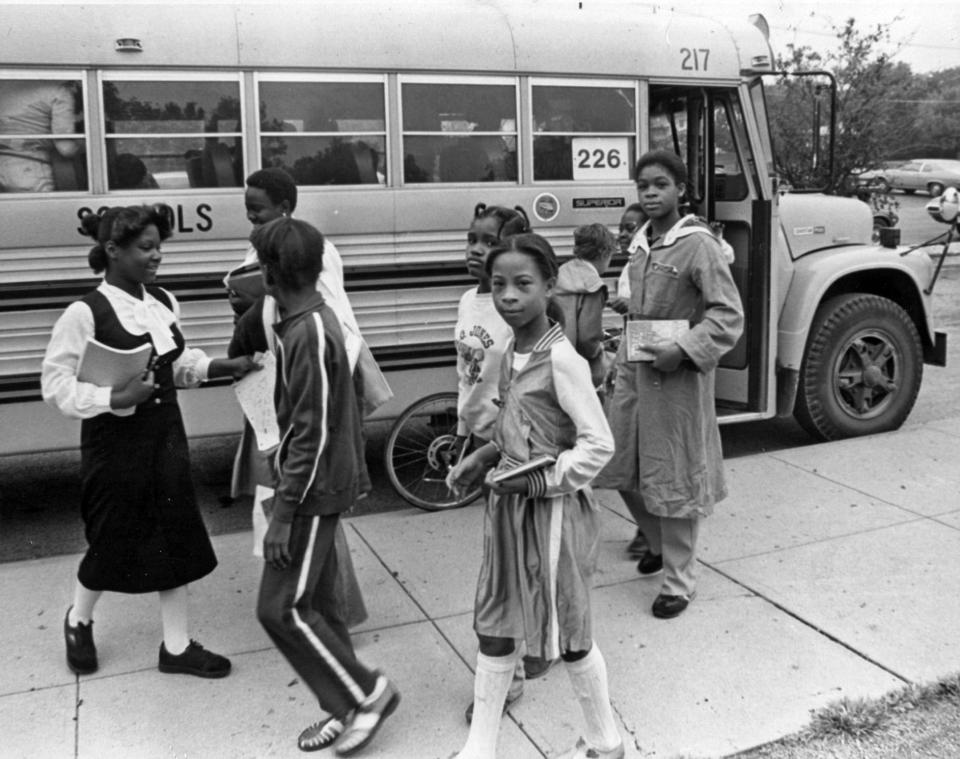
I was there for six years, during which time I was also working on an advanced degree. One of my advisors steered me into a volunteer campaign to convince Columbus voters to pass a school levy against a rising tide of angst and anger over court-ordered busing to achieve desegregation.
The levy passed, but the real challenges lay ahead. Our school received a contingent of Black students who came largely from more affluent families that intended for them to go to college. Tension was high between incoming and resident students and, as predicted, this fueled white flight as parents scrambled to buy into the “best” school district they could afford.
Our view: 'Extremely chaotic’ Second bloody weekend in Short North shows we’re being failed
I left Columbus (or CBus, as marketers now call it) in 1983 and left teaching before that. Since then I have lived for extended periods in the Chicago and Philadelphia metro areas, as well as a bucolic region in south central Pennsylvania.
I came back to Columbus last year to be closer to family and am becoming reacquainted with this flat land that still feels like home. I had a hard time finding my old school — it has been repurposed (and by outward appearances, fortified) for gifted and talented students and is now hemmed in by new apartments and condos.
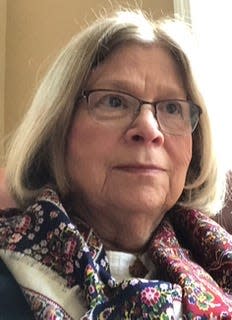
The area is now known as the Short North, of course, aglitter with neon, art, trendy food and a rent scale that puts it out of reach of even more people than before. But it looks much better, and from that perspective, it’s progress.
Did the busing work? Who can measure how much beliefs and attitudes have changed, for better or worse?
In broad terms, the things one can measure, Columbus remains a city with "high segregation," according to a 2020 study out of the University of California, Berkeley. Persons of color still lag behind in critical metrics of health, jobs, and criminal justice. Affordable housing is perhaps even harder to find now than it was back then. Jobs are seemingly plentiful, but for many, the challenge of getting to them seems worse. How best to educate students is still a point (many points, actually) of contention — and always will be.
More: Mayor Andrew Ginther asking Short North businesses to close at midnight to curb violence
I don’t believe that busing was a failure, though it did not erase the challenges of racism, violence, education and housing. These challenges persist, no matter where we live, urban or rural, red or blue.
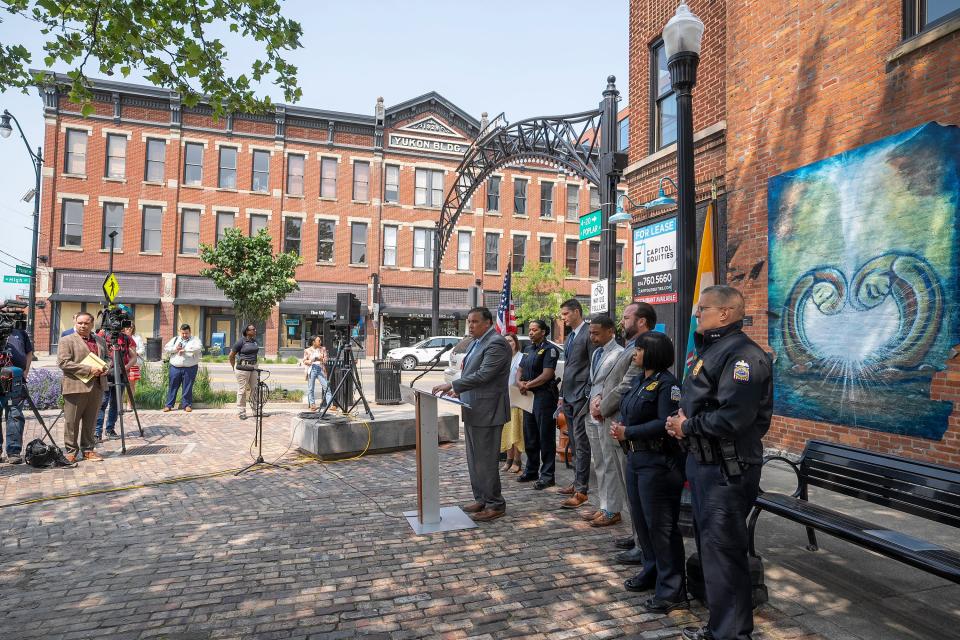
The real work, of course, is much more difficult than establishing earlier closing hours — as Mayor Andrew J. Ginther requested of businesses in the Short North after the recent shootings — or insisting that Black and white people coexist in schools, neighborhoods and workplace.
The arc of change is long. Laws and legislation are important, but change requires the kind of work Neil did, reaching out to one student, one family at a time.
Through the decades since I left teaching, it has been a pleasant surprise to hear from former students who managed to track me down through name changes, long-distance moves and a variety of jobs to say, “I made it! This is what I’m doing now.”
Change is hard, and there is never a direct route. We often don’t even know when we have arrived. But we have to keep putting one foot in front of the other.
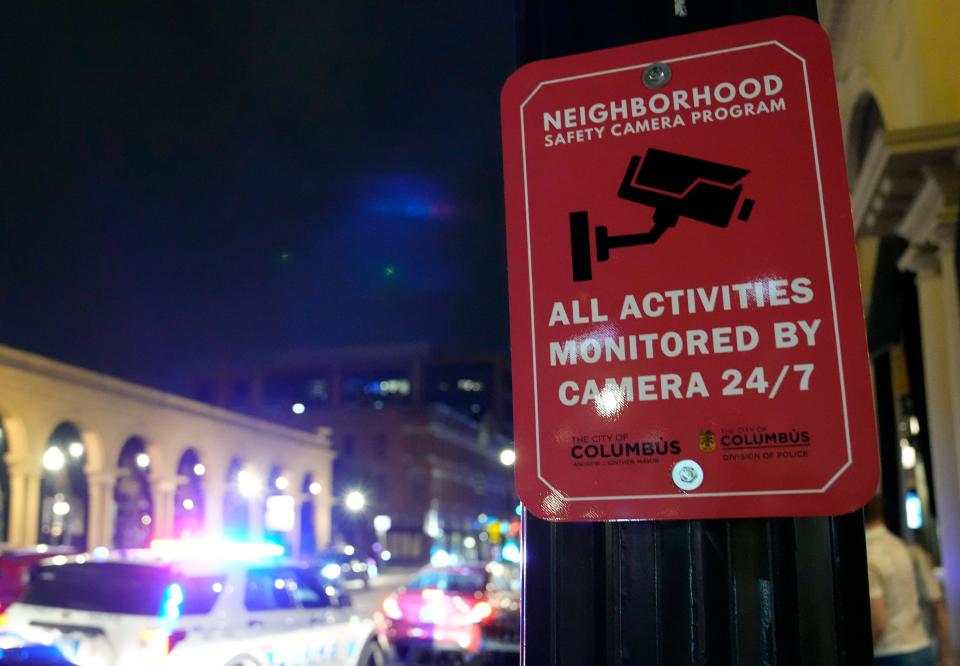
And I’m pretty sure that having more restrictions on guns (no AR-15s, for starters) would improve the playing field for all of us, wherever we live — Short North or New Albany, Dallas or Denver.
First legislation, then perseverance.
Marcia Carle is a writer and a folk musician who lives in Westerville. Twice a graduate of The Ohio State University, she had a career that began with teaching, then included fund development, marketing and public relations for a variety of nonprofit causes.
This article originally appeared on The Columbus Dispatch: Short North shootings show hard work needed for change

